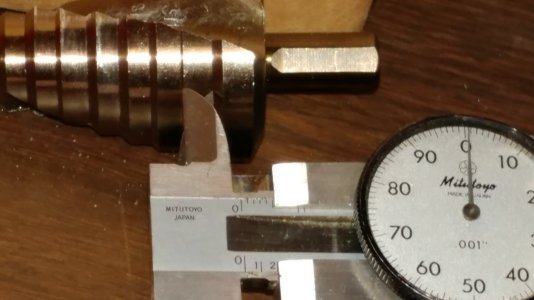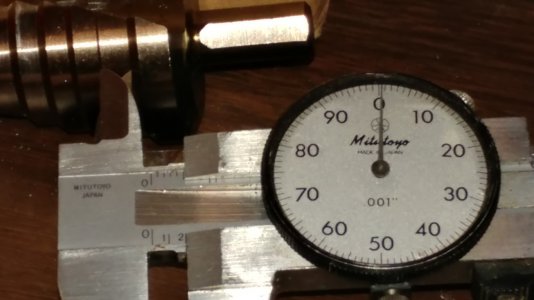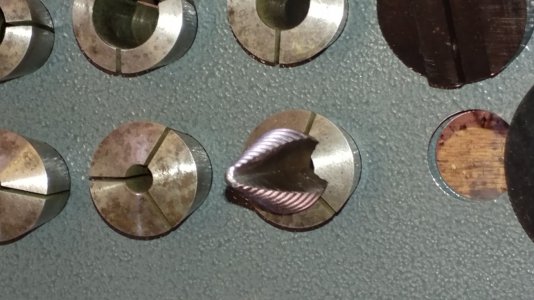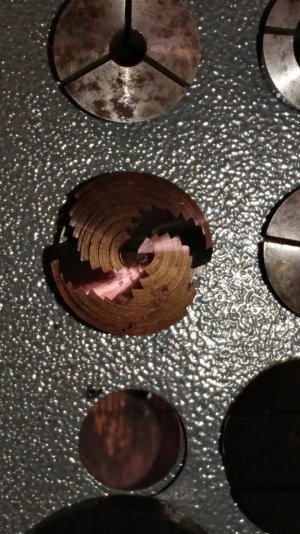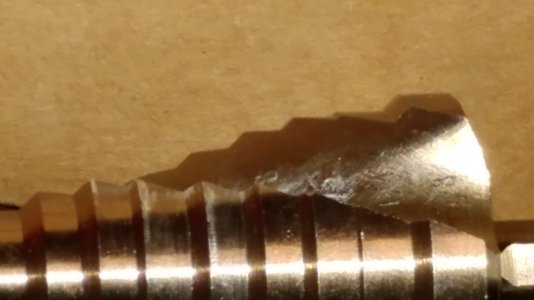- Joined
- Dec 18, 2019
- Messages
- 6,464
Jim, not disregarding your advice. Thank you for caring enough to offer it. All the commercial racks I've looked at won't fit in the allocated space. In my shop there is practically zero counter top space, and wall space. My walls are made of rough granite stone and lime mortar. Don't really want to disturb the walls. There is a drawer in my tool bench that will just fit the collets upright. But it requires a custom rack. Space in the drawer is at a premium.After being a machinist for more then 60 years I like to make things I can’t buy for cheap. Look at my avatar closely. It is made out of one piece solid cube with 3 free floating balls inside cube . The balls are .125 bigger then the entry holes. So they can’t be pressed into cube. And I hand made all the form tools on a bench grinder and lathe. So I tried to warn you of some of the pit falls on making a collet rack.
And I think I am in the right forum.

5C Collet Storage Rack Holds 30 5C Collets Wall/Machine Mount | eBay
This 5C collet storage rack holds 30 5C collets and can be mounted on the wall or machine or set on your work bench or shelf. For easy storage of your 5C collets. Our part # ALL-41280.www.ebay.com
My comment about being in the right forum was addressed to me, not you. Please be assured that I have the greatest respect for you and your experience. Some of us prefer to make things when it's easier to buy, others only do it only when necessary. Me, I'm kind of in the middle. If I can find something that will work and the cost isn't too bad, I buy it. If the cost is high, I look at making it. If the cost of making it is high, I usually re-evaluate if the widget is necessary to have. Sometimes the widget never comes to be. That's how it is in my home shop.


